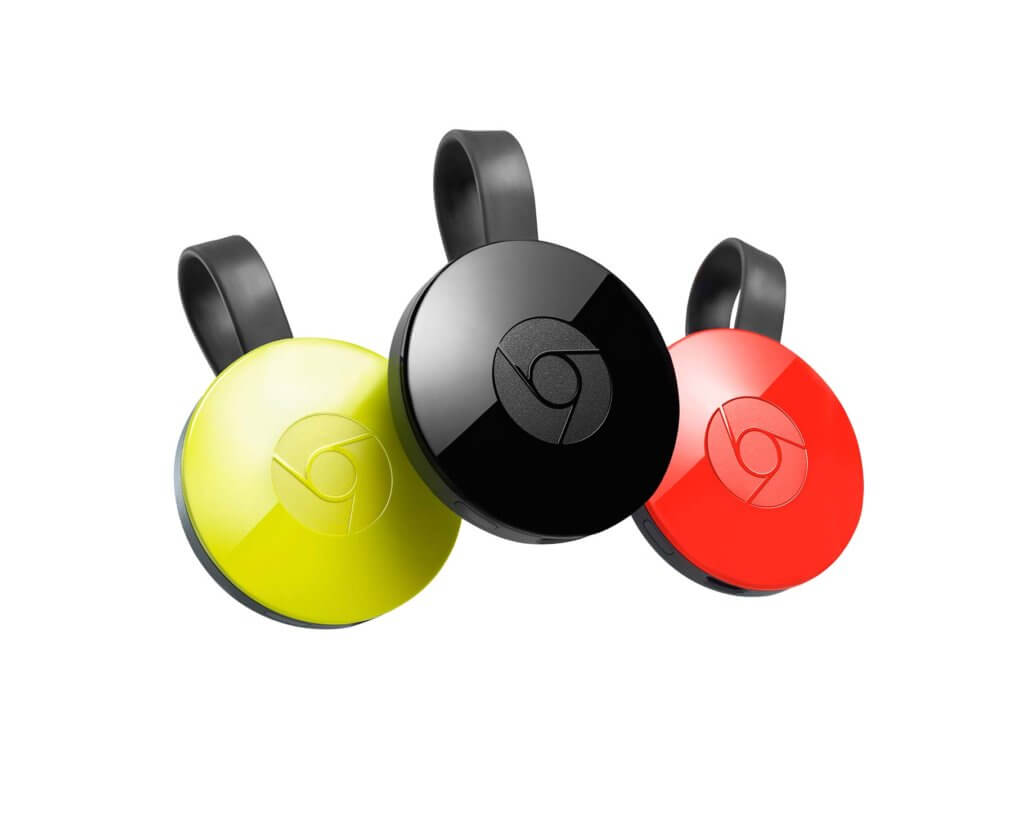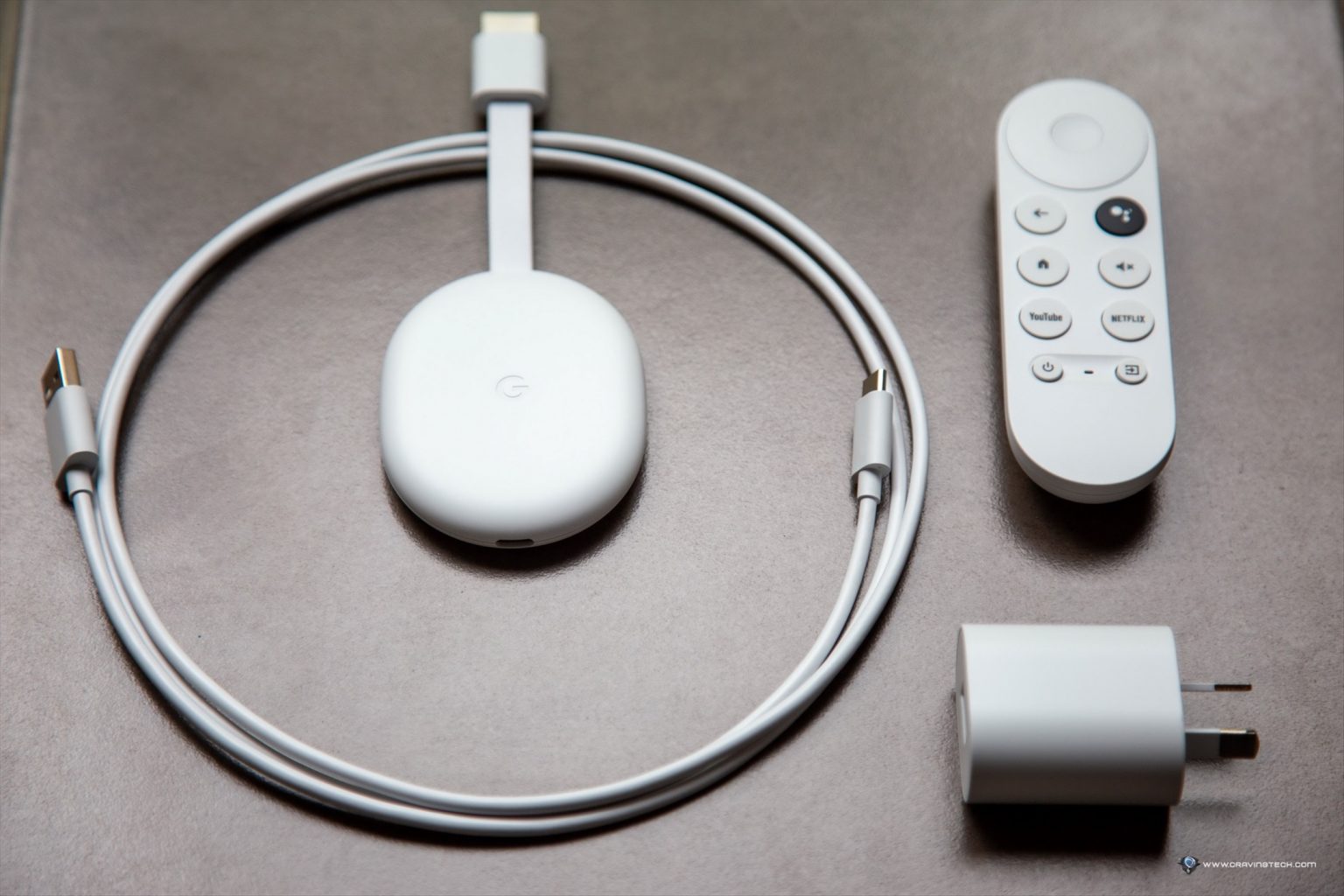


Verify the profile name in the Profile Name field and for Service Name, choose chromecast from the drop-down list. AirPrintįrom the GUI, choose Controller > mDNS > Profiles. >show mdns profile detailed default-mdns-profile In this case the default profile is used.įrom the CLI: >config mdns profilechromecast service add default-mdns-profile Add this service to the mDNS profile that is used on the WLAN.The new Chromecast service appears in the multicast Domain Name System (mDNS) window: For Service String, enter _googlecast._tcp.local.In the Master Services Database section of the mDNS window, choose these settings: Service-Name LSS Origin No SP Service-string This allows the WLC to recognize a Chromecast device.įrom the CLI: >config mdns service create chromecast _googlecast._tcp.local. Chromecast and wireless clients on different VLANs (same Service Set Identifier (SSID))įor all of the scenarios except for scenario 4, add the service string used by Chromecast when you cast on a screen.Chromecast on anchor WLC and wireless clients on foreign WLC.Chromecast on WLAN A and wireless clients on WLAN B, different VLANs.Chromecast and wireless clients on the same Wireless LAN (WLAN) and same VLAN.This section describes these four configuration scenarios: If your network is live, make sure that you understand the potential impact of any command. All of the devices used in this document started with a cleared (default) configuration. The information in this document was created from the devices in a specific lab environment. Laptop that runs Google Chrome version 42.0.x.
Chromecast setup software#
The information in this document is based on these software and hardware versions: Wireless clients that mirror screen-to-Chromecast do not need to have Internet access. The Chromecast device must be able to make Domain Name System (DNS) queries to 8.8.8.8, otherwise it does not work. For more information, see Manage Bonjour Services for BYOD. If we see queries sent only to 239.255.255.250 port UDP 1900 then our device/application only support DIAL service discovery, if we also see queries sent to 224.0.0.251 port UDP 5353 then our device/application also supports mDNS.Ĭisco recommends you have basic knowledge of Bonjour services over a Wireless LAN Controller (WLC). To verify if our device/application supports mDNS and/or DIAL we can make a packet capture and check the queries sent by our device/application. See Scenario 4 at the end of this document. If our application and/or end device supports mDNS we can follow the Scenarios 1 to 3 but if our application only supports DIAL service then Chromecast device and the end device used to discover it must be on the same Virtual Local Area Network (VLAN) and in addition to that, Multicast forwarding needs to be enabled on the WLC. There will be some application or devices that will only try to look for Chromecast devices using Discovery and Launch (DIAL) service. This document is focused in applications and end devices (like smartphones) that uses mDNS to discover Chromecast Devices.
Chromecast setup how to#
This document focuses on how to mirror from a computer that runs Google Chrome to a Chromecast device. This service is used exclusively in order to cast the screen of a supported device to the screen where Chromecast is connected. service string allows Chromecast devices to act as any other Bonjour service provider.

The use and administration of Chromecast devices on the networks is simplified by the support of Bonjour services. This document describes how to configure Chromecast devices to act as a Bonjour service provider.


 0 kommentar(er)
0 kommentar(er)
